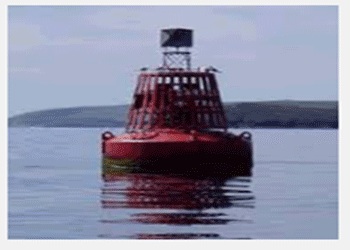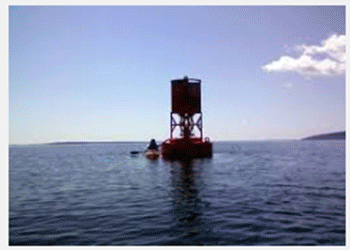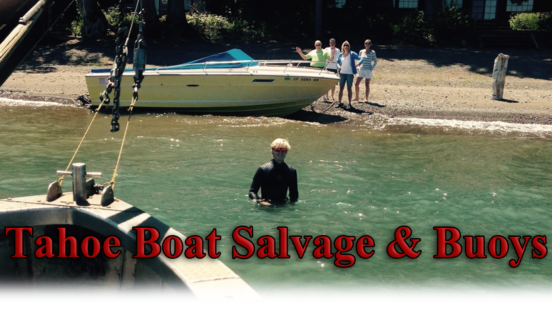Buoy bell South Lake Tahoe City Homewood

A buoy is a floating device that can have many purposes. It can be anchored (stationary) or allowed to drift with the sea wave. .” A buoy fitted with one or more bells.
The Coast Guard of South Lake Tahoe City Homewood utilizes a variety of navigational buoys. They may be constructed of metal, plastic, or foam. Regardless, they are deployed for the purpose of assisting in the navigation of vessels, indicating the location of channels and warning of hazards.
There are seven basic types of buoys. A can buoy is cylindrical, used principally to mark the left or port side of a channel. A nun buoy is conical, used principally to mark the right or starboard side of a channel.
A bell buoy is larger than a can or nun buoy. It has a flat top surmounted by a framework into which a bell is fixed. The motion of the sea causes the bell to ring. A gong buoy is similar to a bell buoy but has four gongs (each with a different tone), rather than a bell. A whistle buoy is also similar in shape to a bell buoy but has a whistle that is activated by the motion of the sea.
A lighted buoy has a light that is powered either by batteries or by solar cells. A combination buoy contains both a light and either a bell, gong, or whistle. Many larger buoys are also fitted with radar reflectors. Most navigational buoys are painted either red or green (or a design combining the two colors).
Until 1980, the Coast Guard painted its buoys either red or black, but the black buoys were changed to green to make them more visible to mariners, particularly at night. Red buoys mark the starboard side of the channel (Red Right Returning!). Green buoys mark the port side of the channel.

Junction buoys have red and green horizontal bands. If the topmost band is red, that means the preferred channel is to port. If the topmost band is green, the preferred channel is to starboard.
Certain buoys, such as those marking anchorage areas, have no lateral significance. Other buoys are not intended for navigational purposes. These include weather buoys and buoys marking special activities, such as dredging or boating regattas.
This is an abbreviated overview of the buoyage system used in most South Lake Tahoe City Homewood coastal waters. It does not address buoyage in the Intercoastal Waterway or on certain inland waters.
While the tools and methods of maintaining minor aids in South Lake Tahoe City Homewood waters changed substantially during the past years, the mission remains the same. Mariners continue to rely on every country’s commitment to the preservation of safe and viable sea lanes. The United States made a decision in 1852, when it created the Lighthouse Board, to honor that ideal. It is a promise that continues today.
Pleasure boaters and beach visitors may only briefly notice a buoy rocking in the swells before turning their eyes, and cameras, to South Lake Tahoe City Homewood’s more picturesque lighthouses.
Buoys usually become newsworthy only when they break their moorings and lure ships to destruction, or embark on far-flung ocean voyages. But buoys are vital guideposts for mariners, and those who tend them do some of the toughest and most hazardous work in the Coast Guard.
